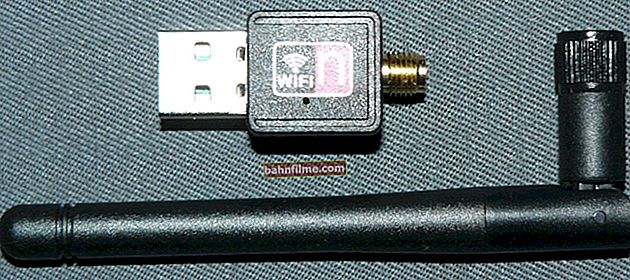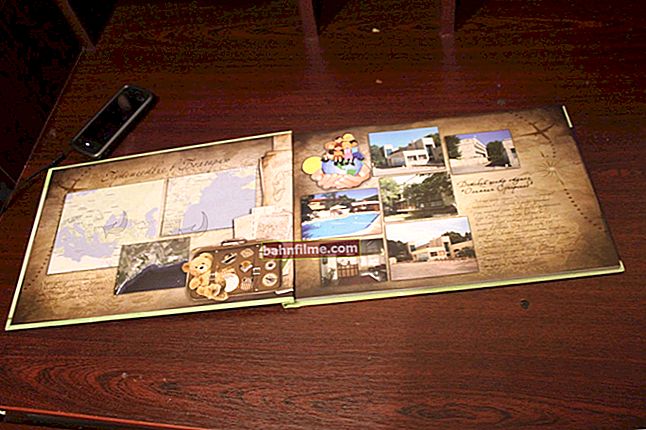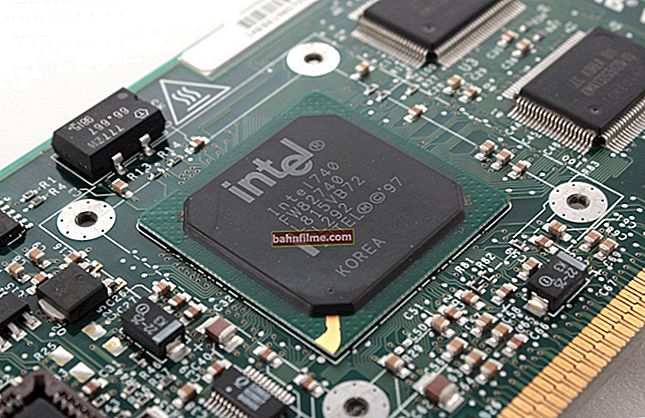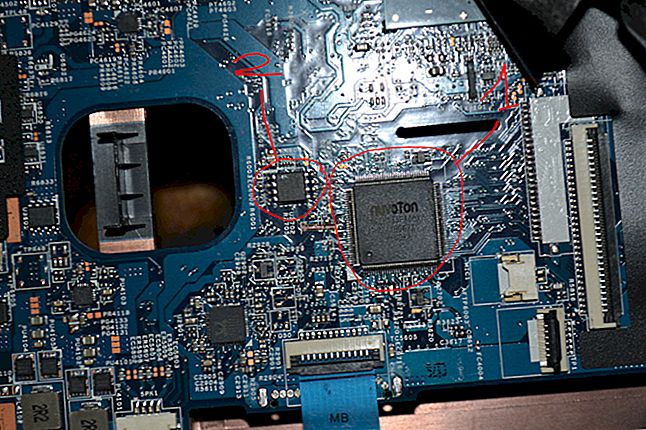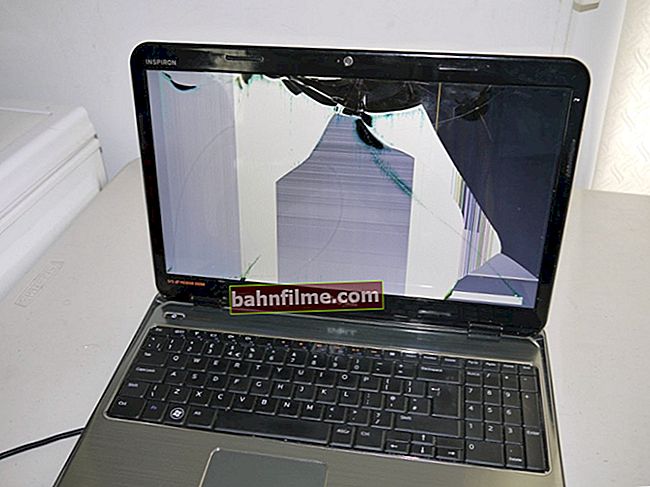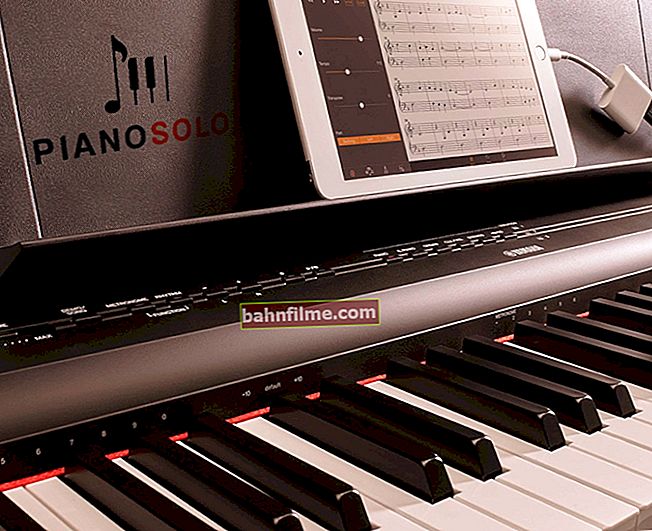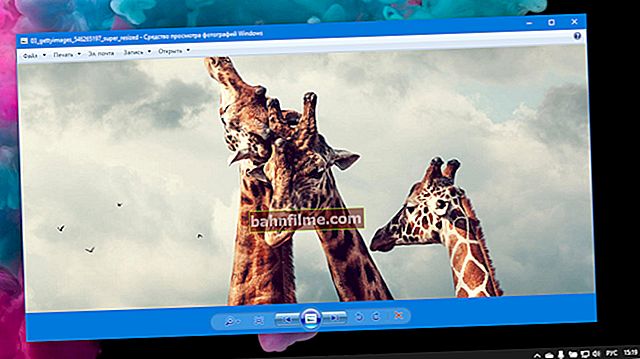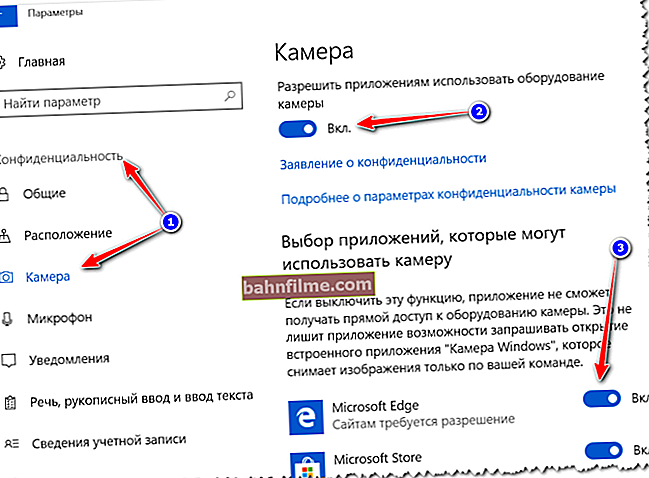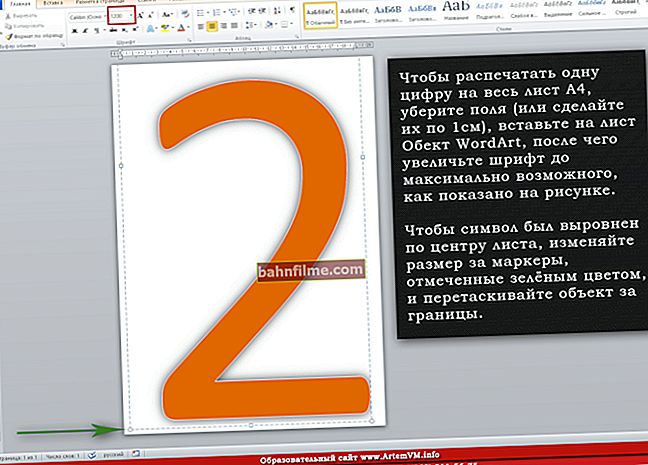 Good time!
Good time!
When printing and editing some documents, you have to add currency signs (euro €, ruble ₽, etc.) to numbers and calculations. And unfortunately, they are not present on every keyboard - well, do you really copy them every time from some online resources?! ..
Looking ahead, I will say that with a certain skill, these symbols can be inserted into any documents and letters within 1-2 seconds!
And in this note I just wanted to give several ways how you can easily and quickly do this (by the way, some of the methods are suitable even for netbooks with a heavily "truncated" keyboard).
*
Note:
1) if you are dealing with a laptop - please note that you need to press some function keys together with FN, including the same Num Lock (otherwise, the key may simply not work). More details about this: //ocomp.info/funktsionalnyie-klavishi-i-fn.html
2) note relevant for Windows users.
*
Inserting euro, ruble and other currencies into the document
❶
Using Excel
It is quite convenient to search for different currency signs (in my opinion) in Excel. Even if you do not know, for example, what it looks like japanese yen icon - then you can still easily find it. Let me give you an example.
And so, you have some number in the Excel cell (you can write any). Click on this cell (where it is written) with the right mouse button and in the menu that opens, follow the link "Cell format" .

Cell format - Excel
Next select the format "Financial" - and you will see that you can choose the sign of almost any currency in the world (of course, I don’t presume to say if there is a currency of some republic not recognized by anyone ...). At least, everything basic is definitely there: ruble, dollar, hryvnia, euro, etc.
In my example, I chose the yen ...

Currency selection
Woo-a-la, now we have not just an abstract number of 100, but 100 Japanese yen. Now this number (along with the currency sign) can be copied into any other editor (or online correspondence). Conveniently? I think yes!

100 Japanese yen
❷
Using the numeric keypad (special character code)
Of course, the first method is not ideal and has one drawback - you constantly need to open Excel, go back and forth, which is not very convenient when you often type various characters from the keyboard (a big waste of time).
In this case, you can resort to another option - the use of specials. combinations. What we are talking about: holding down the ALT key and typing special. code on the numeric keypad - you can type a symbol that is not on the keyboard buttons (including currency symbols).

Numeric keypad
I will give below the keyboard shortcuts for the main currencies (remembering them - you can easily insert currency signs into any documents):
- Dollar ($) - clamp ALT (left) and on the digital block press sequentially 0036 (further in the article I will indicate ALT (left) +0036) ;
- Euro (€) - hold down ALT (left) + 0136 (plus no need to press!) ... Another option: ALT GR (Right ALT) + E ;
- Ruble (₽) - ALT GR + 8;
- Pound Sterling (£) - ALT (left) + 0163 (press when the English layout is on);
- Yen (¥)- ALT + 0165 (press when the English layout is on).
In general, in reference books you can find similar combinations for other currencies.
❸
Using the built-in symbol table
Windows has a huge table of symbols, sorted into specific categories. In this table, you can find a fairly large number of characters that are not and will not be on the keyboard (after all, you can't add a thousand or two more characters to the keyboard ?! 😉).
Of course, among the thousands of symbols - there are also currency signs. To open it you need:
- press combination Win + R (the "Run" window should appear);
- enter command charmap and click OK.

charmap - command to view the character table
Next, open additional.options, select grouping by unicode ranges and go to section "Monetary units" ... Then select the desired symbol and copy it.

How to work with the symbol table
The copied symbol can be pasted into any text document (CTRL + V).
❹
With Word
Word also has a section "Insert / Symbols" , which allows you to add various characters to the document that are not on the keyboard. There are quite a lot of them there: there are both in mathematics, physics, and currency ...

Word - Insert - Symbols // Version: MS Word 2019
❺
Using a calculator (Windows 10)
Windows 10 has a new and rather interesting calculator. It allows not only calculating ordinary numbers (as it was before), but also working with currencies, temperature, length, energy, etc. The new calculator is a handy "harvester" and a reference for simple household tasks ...
As for the currency, in the calculator you can find out not only a certain sign (for example, for the Vietnamese dong), but also transfer a certain amount from rubles to dongs: say, how much is 1000 rubles. in dongs ?! The calculator knows! (there are many currency pairs: dollars / euros / rubles / hryvnia, etc.).
In order to engage exchange rate regime : Click on the three lines in the left corner of the screen to select it.

Calculator in Windows 10
Next, specify the currencies and values you need - the calculator will automatically convert from one to another (the conversion is at the real exchange rate today!). An example is shown below.

Ruble - Dong
*
That's all for now, good luck!
👋
